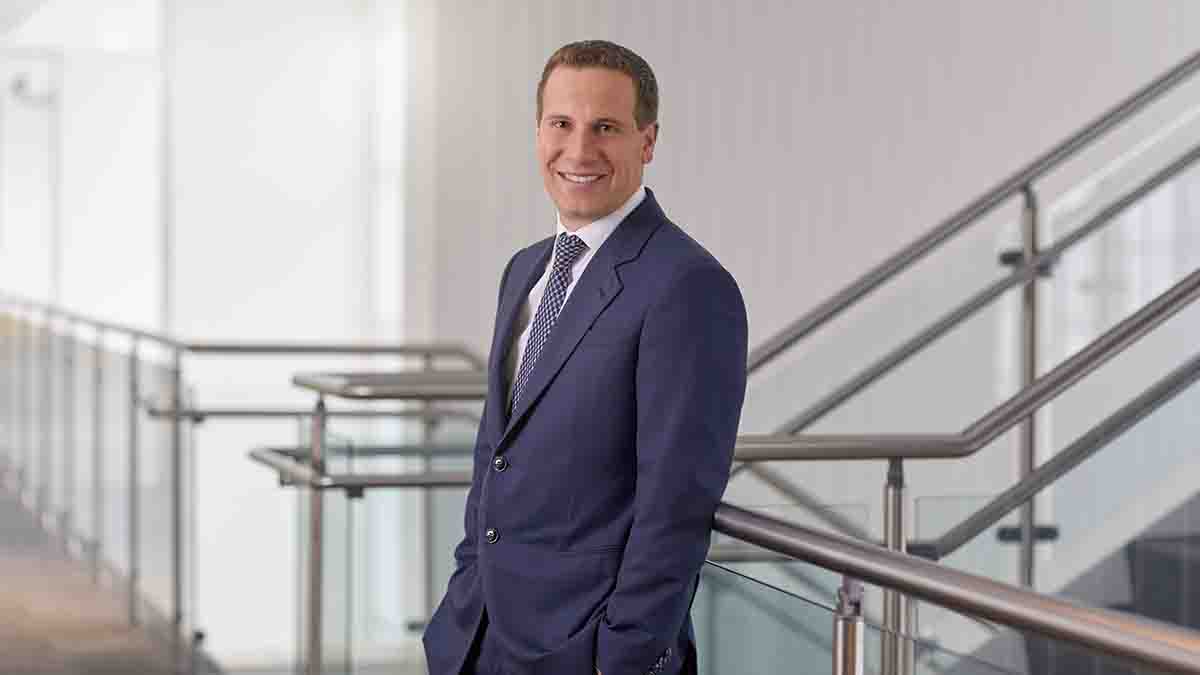With much of the U.S. retirement conversation often focused on the increasing challenges of maintaining a quality of living into older age, a law passed by Congress in 2022 could be a positive sign.
The Securing a Strong Retirement Act of 2022, known by its moniker “SECURE 2.0,” includes provisions including automatic enrollment of more workers into retirement savings plans, matching certain student loan payments in a 401(k) plan and tweaks to required minimum distributions (RMDs) in existing retirement plans.
“[A]s pensions become rarer and Social Security benefits lose purchasing power, SECURE 2.0 could be the foundation modern workers need to save for retirement while covering their everyday expenses,” according to an overview of the law published by personal finance website Money.
The automatic enrollment provision could have a notable impact on U.S. retirement. While not expected to kick in until the final day of the year, “most new 401(k) and 403(b) plans will automatically enroll employees unless they opt out,” the overview explained. “This is expected to drastically expand the number of people enrolled in employer retirement plans.”
Starting this year, borrowers of certain qualifying student loans can have those payments matched in a 401(k) or 403(b) account by their employer. This provision is not a requirement but could assist those aiming to establish a more secure retirement in the future.
“Instead of matching workers’ contributions to retirement accounts, participating employers match the same amount of money that workers pay toward their student loans,” the overview said. “All workers have to do is make sure they opt for the new benefit (if applicable) and make timely payments.”
Those with tax-deferred retirement accounts who must make RMDs — annual withdrawal thresholds — will also see the starting age for RMDs rise from 72 to 73 this year. By 2033, that age will rise again to 75.
“The law also reduced the penalty for not withdrawing the required minimum from 50% to 25% of an account holder’s RMD (and, if corrected within two years, to 10%),” Money said.
Retirement challenges persist, however. Recent data shows that older Americans are at risk of becoming their adult children’s biggest expense, and a January survey from AARP shows that over 60% of seniors have not sought out retirement advice from a financial professional due to trust issues.
Generation X’s savings levels will fall short of what is required according to recent data from Schroders. Observers and aging advocates continue to detail why aging in place could be an important element for stabilizing retirement finances.












 English (US) ·
English (US) ·